Locals rue bad state of public transport after decision to implement the scheme was called off
Even as the Arvind Kejriwal-led AAP government called off the Odd-Even road rationing scheme for the time being, after the National Green Tribunal (NGT) asked them to cut back on the exemptions, people across the city have mixed reactions to the idea.
According to experts, the scheme which helps decongest the city, in absence of a robust public transport system, does not have the planning or means to tackle the large volume of commuters.
The city has over 60 lakh registered two-wheelers, which are more polluting than cars. During the last two editions of the scheme, people relied on two-wheelers for the daily commute.
However, studies conducted on the effects of the scheme suggested that pollution levels did not show any major improvement during the implementation.
Even as the Delhi government is all set to bring back the odd-even road rationing system due to rising pollution levels, environment experts and scientists claimed that there was no 'concrete evidence' of air quality improvement in the city.
A study conducted by the Council on Energy, Environment and Water (CEEW) —an independent think tank — during the first trial of the policy in January 2016 stated that there was no 'conclusive evidence' to prove if the air quality of the city has improved during the fortnight.
However, an air quality analysis done during both the odd-even implementation — January 2016 and April 2016 — by the Centre for Science and Environment (CSE) showed that there was a slight improvement in levels of air pollution. However, it depended on the meteorological conditions to a large extent.
"While there was a decrease in pollutant concentrations in the first week of January, farm fires in neighbouring states led to a spike in pollution levels again in the second week. Also, weather conditions such as the wind speed responsible for the dispersal of pollutants was very low during this period. The air quality, however, showed improvement during the second experiment in April, as meteorological conditions were favourable," the CSE report stated.
The government had earlier announced the revival of the third round of odd-even between November 13 and November 17 (Monday-Friday). The scheme, however, like its previous two editions exempts two-wheelers and vehicles driven by women (with only women passengers and children under the age of 12 years).
ODD-EVEN SCHEME IN NUMBERS
January 2016
First phase of Odd-Even scheme was implemented by the AAP government
19,140 challans
Issued by the government during the first phase, collecting over Rs 1.82 crore
VOICES
The government has put emphasis on the use of public transport in view of the crisis in the city. However, buses are already very crowded. Travelling in DTC buses and the metro in peak hours isn't comfortable and it is a major reason why people are switching to private vehicles. Also the recent hike metro fare hasn't helped matters. Improving services is a better alternative to this.
—Harsh Yadav, stuent, University of Delhi
The scheme reduces pollution up to an extent when almost half the vehicles are not allowed on the roads. But the government should shift its focus towards a more permanent solution. Every year, chaos is created by neighbouring states due to stubble burning. These issues need to be settled to avoid such conditions in the future.
—Dr Priyanaka Meena, Noida
For someone who travels occasionally to Delhi, it's really hectic to manage things due to this Odd-Even scheme. It affects people's daily lives and their work schedules. The government must look into building a robust transport system before conducting these experiments. Also, they need to work all through the year to cut down on pollution levels.
—Vishal Meena, engineering student, Noida
The Stubble burning in Punjab and Uttar Pradesh and the presence of industries inside Delhi are bigger contributors to air pollution. A few years ago, industries were shifted to Bawana but new illegal industries have cropped up again. The Delhi government should take care of all the factors rather than just implementing the scheme which targets only one reason for pollution.
—Naveen Kumar, Delhi
Even if two-wheelers are to be banned, we will support the government. We want the air to be safe for our children. But it becomes difficult to commute as Delhi does not have a very good public transport system. If this problem can be addressed, then cab services such as Ola, Uber and private vehicles will automatically reduce. Other issues too should be should be given attention rather than targeting only one cause.
—Kamal Gupta, Delhi
The condition of Delhi is severe. The Odd-Even scheme failed to prove its purpose. It was only effective in decreasing traffic on the roads, which worked for a while. The government needs step up and find effective measures to curb pollution in the city.
—Anoop Singh, Delhi
EXPERT SPEAK
The Odd-Even scheme is one of the measures under the Graded Response Action Plan (GRAP) to be taken during 'emergency' levels of air pollution. However, it can only be of any impact if the public transport system is strengthened. The objective is to discourage people from using private vehicles. The administration has to work all through the year to make this happen. Besides, the exemptions for two-wheelers, which are way more polluting than cars, renders the scheme meaningless.
—Bhure Lal, former bureaucrat and chairman, EPCA (Environment Pollution Control Authority)
![submenu-img]() Ganesh Chaturthi 2024 shubh muhurat: Check city wise puja timings, visarjan date, and bhog for Ganpati Bappa
Ganesh Chaturthi 2024 shubh muhurat: Check city wise puja timings, visarjan date, and bhog for Ganpati Bappa![submenu-img]() 'Leaders in Delhi never liked me…’ Omar Abdullah alleges poll 'conspiracy'
'Leaders in Delhi never liked me…’ Omar Abdullah alleges poll 'conspiracy'![submenu-img]() Boney Kapoor announces new film, its title has a Mr India connect: 'Probably by December we...'
Boney Kapoor announces new film, its title has a Mr India connect: 'Probably by December we...'![submenu-img]() Meet actress, who worked for 17 hours straight on toxic sets, her mental health was affected, left industry, is now...
Meet actress, who worked for 17 hours straight on toxic sets, her mental health was affected, left industry, is now...![submenu-img]() Over 200 Patients celebrate freedom from diabetes in Madhavbaug's nationwide campaign 'Azadi Diabetes Se'
Over 200 Patients celebrate freedom from diabetes in Madhavbaug's nationwide campaign 'Azadi Diabetes Se'![submenu-img]() Aparajita Bill पर ममता बनर्जी को झटका, राज्यपाल ने कमियां गिना राष्ट्रपति के पास भेजा
Aparajita Bill पर ममता बनर्जी को झटका, राज्यपाल ने कमियां गिना राष्ट्रपति के पास भेजा![submenu-img]() Haryana Assembly Election 2024: हरियाणा में कांग्रेस प्रत्याशियों की पहली लिस्ट जारी, इस सीट से चुनावी मैदान में उतरी विनेश फोगाट
Haryana Assembly Election 2024: हरियाणा में कांग्रेस प्रत्याशियों की पहली लिस्ट जारी, इस सीट से चुनावी मैदान में उतरी विनेश फोगाट![submenu-img]() Hathras Accident: यूपी के हाथरस में बड़ा सड़क हादसा, 15 लोगों की मौत, कई घायल
Hathras Accident: यूपी के हाथरस में बड़ा सड़क हादसा, 15 लोगों की मौत, कई घायल![submenu-img]() Viral Video: Indigo की फ्लाइट में बंद हो गया एसी, गर्मी से परेशान यात्री हो गए बेहोश
Viral Video: Indigo की फ्लाइट में बंद हो गया एसी, गर्मी से परेशान यात्री हो गए बेहोश ![submenu-img]() Weather Alert: महाराष्ट्र-गुजरात में जोरदार बारिश, आंध्र-तेलंगाना में बाढ़, जानें दिल्ली-एनसीआर के लिए क्या है अलर्ट
Weather Alert: महाराष्ट्र-गुजरात में जोरदार बारिश, आंध्र-तेलंगाना में बाढ़, जानें दिल्ली-एनसीआर के लिए क्या है अलर्ट![submenu-img]() DNA Auto Awards 2024: Maruti Suzuki Swift nominated for ‘CAR OF THE YEAR’; check price, features
DNA Auto Awards 2024: Maruti Suzuki Swift nominated for ‘CAR OF THE YEAR’; check price, features![submenu-img]() DNA Auto Awards 2024: Hyundai Alcazar Facelift nominated for ‘CAR OF THE YEAR’; check details
DNA Auto Awards 2024: Hyundai Alcazar Facelift nominated for ‘CAR OF THE YEAR’; check details![submenu-img]() Hyundai Creta Knight Edition launched in India: Check price, features, design
Hyundai Creta Knight Edition launched in India: Check price, features, design![submenu-img]() DNA Auto Awards 2024: Citroen Basalt nominated for ‘CAR OF THE YEAR’; check price, features
DNA Auto Awards 2024: Citroen Basalt nominated for ‘CAR OF THE YEAR’; check price, features![submenu-img]() DNA Auto Awards 2024: Tata Curvv nominated for ‘CAR OF THE YEAR’; check price, features
DNA Auto Awards 2024: Tata Curvv nominated for ‘CAR OF THE YEAR’; check price, features![submenu-img]() UPSC topper IAS Shruti Sharma's marksheet goes viral on social media, check her scores in different subjects
UPSC topper IAS Shruti Sharma's marksheet goes viral on social media, check her scores in different subjects![submenu-img]() Meet man, who lost his mother in childhood, worked as milk seller, cracked NEET exam with AIR...
Meet man, who lost his mother in childhood, worked as milk seller, cracked NEET exam with AIR...![submenu-img]() Meet man who failed 35 exams, cracked UPSC exam twice, first became IPS then quit due to...
Meet man who failed 35 exams, cracked UPSC exam twice, first became IPS then quit due to...![submenu-img]() Meet man, who was forced into child marriage at 11, cracked NEET exam with AIR...
Meet man, who was forced into child marriage at 11, cracked NEET exam with AIR...![submenu-img]() Meet woman who cracked UPSC exam in first attempt without coaching at 22, got AIR 31, she is now posted as…
Meet woman who cracked UPSC exam in first attempt without coaching at 22, got AIR 31, she is now posted as…![submenu-img]() Mumbai: Fire Breaks Out At Times Tower In Mumbai, 9 Fire Units Deployed
Mumbai: Fire Breaks Out At Times Tower In Mumbai, 9 Fire Units Deployed![submenu-img]() 'Dharavi Project Is About Restoring Dignity...', Says Gautam Adani | Dharavi Redevelopment Project
'Dharavi Project Is About Restoring Dignity...', Says Gautam Adani | Dharavi Redevelopment Project![submenu-img]() Kolkata Doctor Case: CBI Visits RG Kar, Seizes Documents On Funds Used During Sandip Ghosh’s Tenure
Kolkata Doctor Case: CBI Visits RG Kar, Seizes Documents On Funds Used During Sandip Ghosh’s Tenure![submenu-img]() Giriraj Singh Attacked: Union Minister Giriraj Singh Assaulted In Begusarai, Bihar; Accused Arrested
Giriraj Singh Attacked: Union Minister Giriraj Singh Assaulted In Begusarai, Bihar; Accused Arrested![submenu-img]() Haryana Assembly Election 2024: Haryana Assembly Election Date Changed, Check Details Here
Haryana Assembly Election 2024: Haryana Assembly Election Date Changed, Check Details Here![submenu-img]() Mukesh Ambani set to challenge Adani, ITC with his Rs 3900 crore plan for...
Mukesh Ambani set to challenge Adani, ITC with his Rs 3900 crore plan for...![submenu-img]() NPCI launches 'UPI circle', check what it is and how it works
NPCI launches 'UPI circle', check what it is and how it works![submenu-img]() Mukesh Ambani's Reliance Jio to give tough competition to BSNL with this plan, it offers 5G data at just Rs...
Mukesh Ambani's Reliance Jio to give tough competition to BSNL with this plan, it offers 5G data at just Rs...![submenu-img]() This company repays Rs 20000 crore debt for... and it has a Ratan Tata connection
This company repays Rs 20000 crore debt for... and it has a Ratan Tata connection![submenu-img]() Meet woman, billionaire's daughter, who studied in London, now leads Rs 1124 crore company as...
Meet woman, billionaire's daughter, who studied in London, now leads Rs 1124 crore company as...![submenu-img]() From Cristiano Ronaldo to Virat Kohli: List of highest-paid athletes in last 12 months
From Cristiano Ronaldo to Virat Kohli: List of highest-paid athletes in last 12 months![submenu-img]() Meet actor who worked as waiter, sold tea, namkeen for 14 years, debuted in Bollywood at 42; now his net worth is...
Meet actor who worked as waiter, sold tea, namkeen for 14 years, debuted in Bollywood at 42; now his net worth is...![submenu-img]() Parents-to-be Deepika Padukone, Ranveer Singh seek blessings at Siddhivinayak with families days before baby's arrival
Parents-to-be Deepika Padukone, Ranveer Singh seek blessings at Siddhivinayak with families days before baby's arrival![submenu-img]() Gout remedies: 7 natural ways to lower uric acid levels in the body
Gout remedies: 7 natural ways to lower uric acid levels in the body ![submenu-img]() Active players with most centuries in international cricket
Active players with most centuries in international cricket ![submenu-img]() 'Leaders in Delhi never liked me…’ Omar Abdullah alleges poll 'conspiracy'
'Leaders in Delhi never liked me…’ Omar Abdullah alleges poll 'conspiracy'![submenu-img]() Over 200 Patients celebrate freedom from diabetes in Madhavbaug's nationwide campaign 'Azadi Diabetes Se'
Over 200 Patients celebrate freedom from diabetes in Madhavbaug's nationwide campaign 'Azadi Diabetes Se'![submenu-img]() 'When we were dragged on roads...': Wrestler Vinesh Phogat slams BJP
'When we were dragged on roads...': Wrestler Vinesh Phogat slams BJP![submenu-img]() India emerges as second-largest global 5G smartphone market, overtakes...
India emerges as second-largest global 5G smartphone market, overtakes...![submenu-img]() Union Home Minister Amit Shah releases BJP manifesto for J&K assembly elections
Union Home Minister Amit Shah releases BJP manifesto for J&K assembly elections
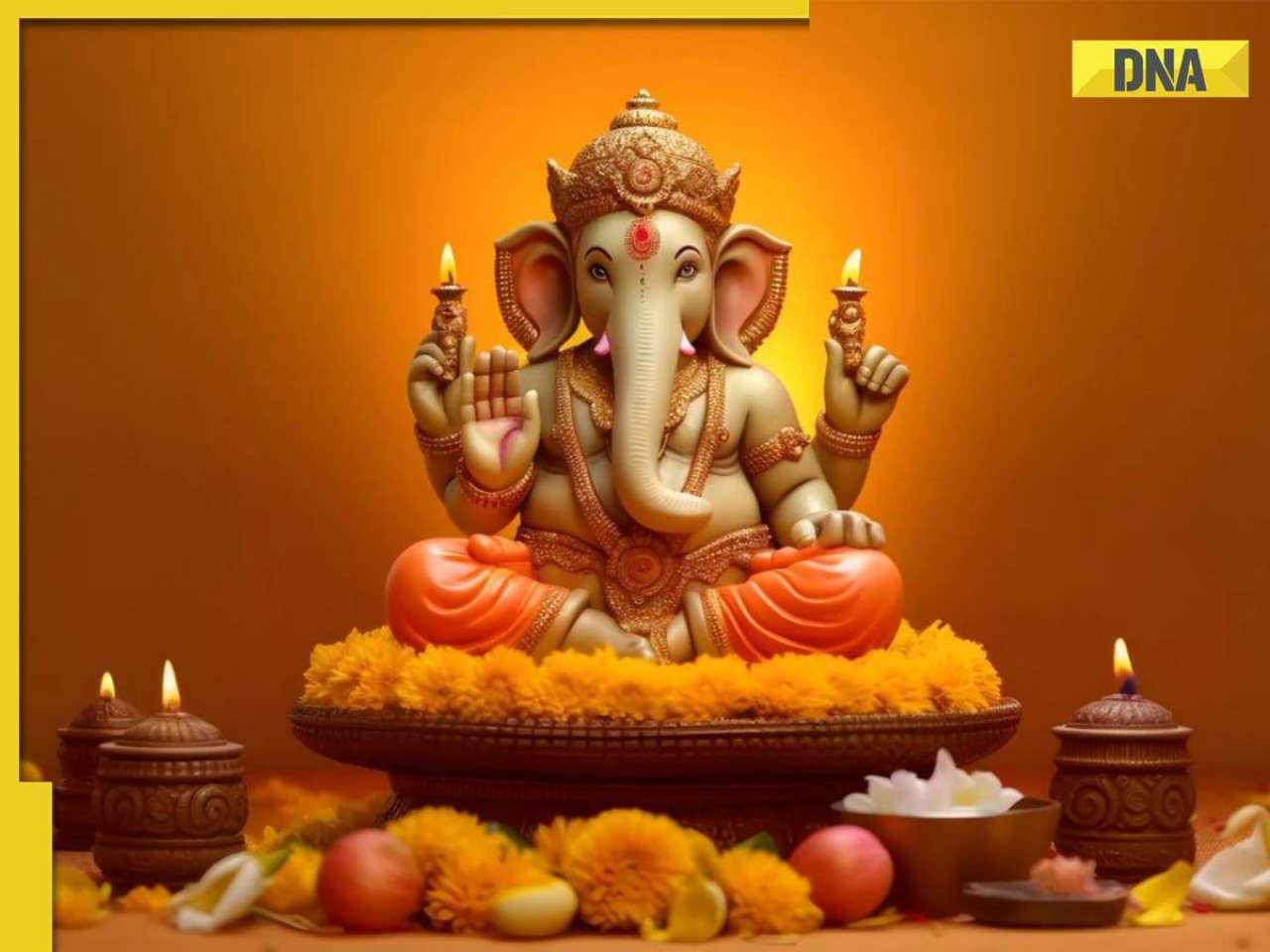

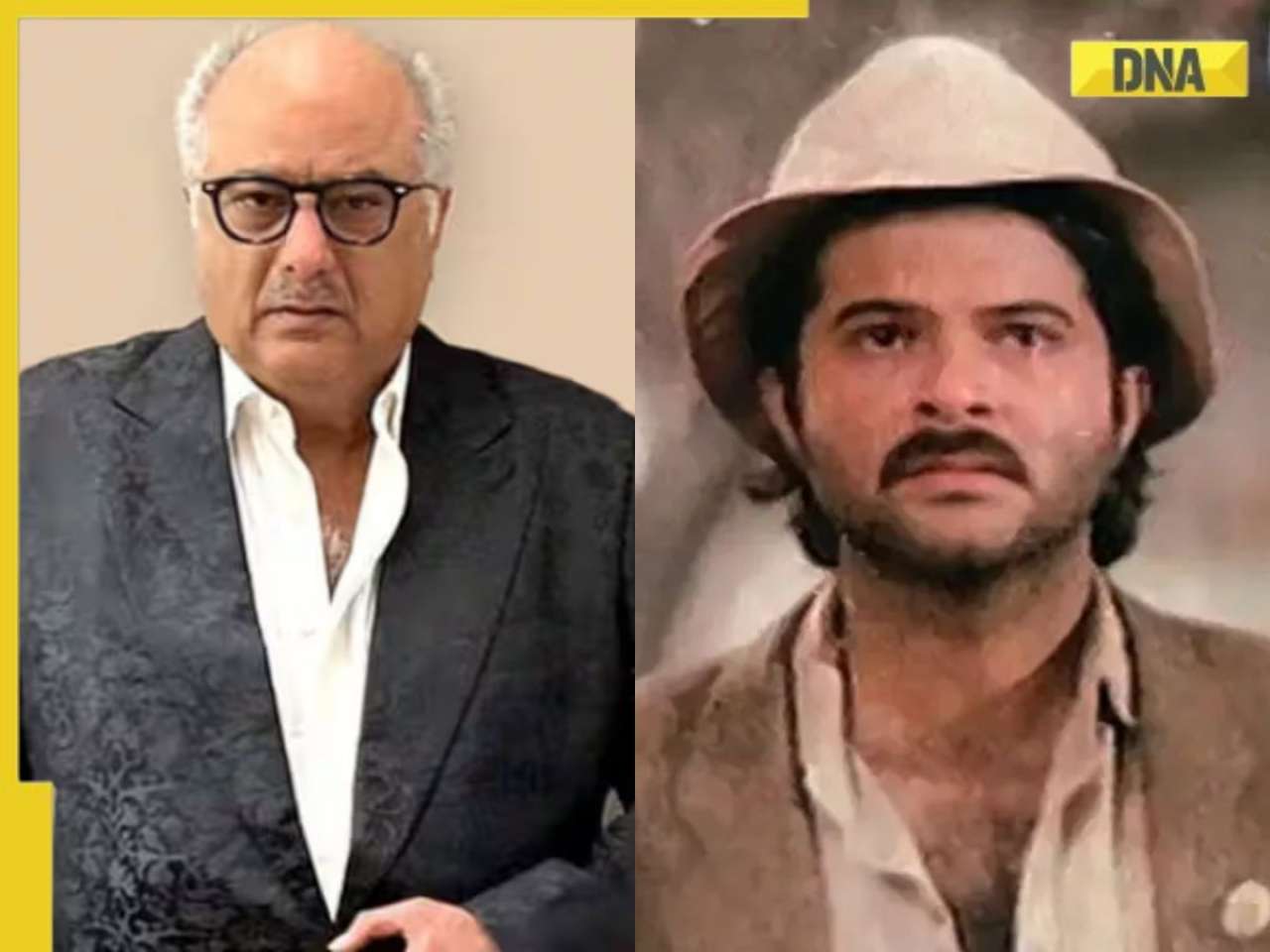

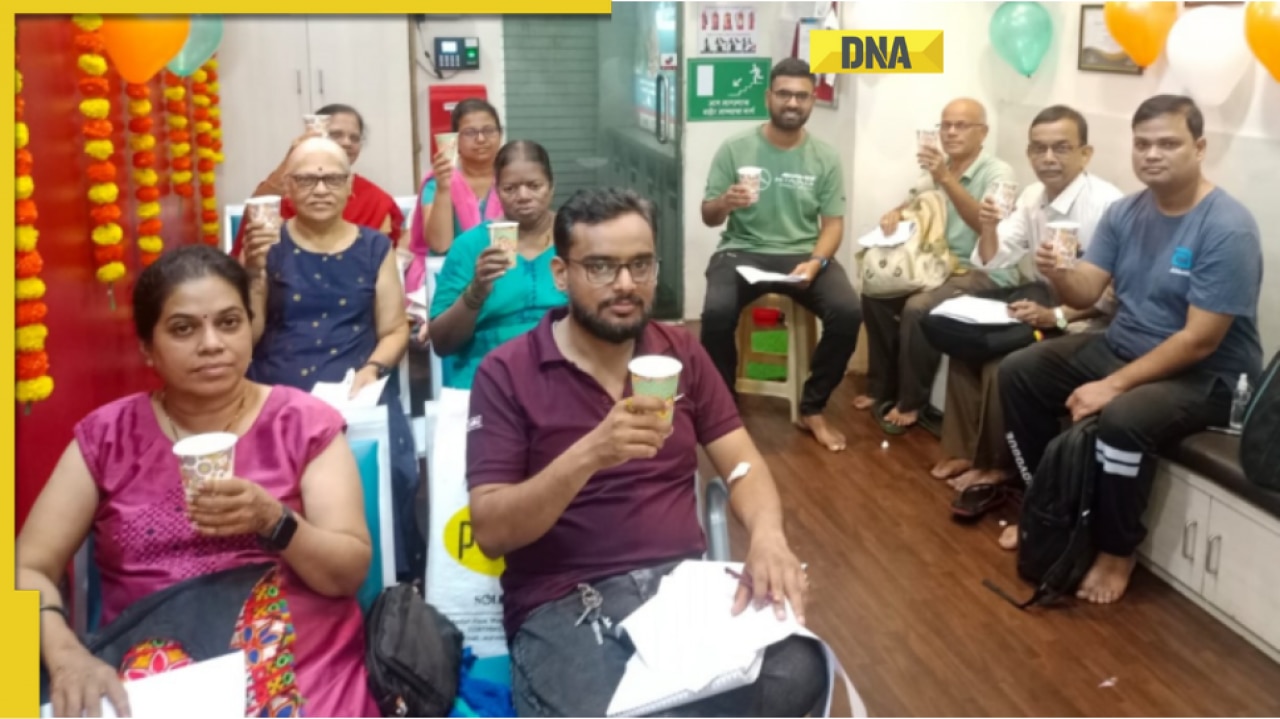





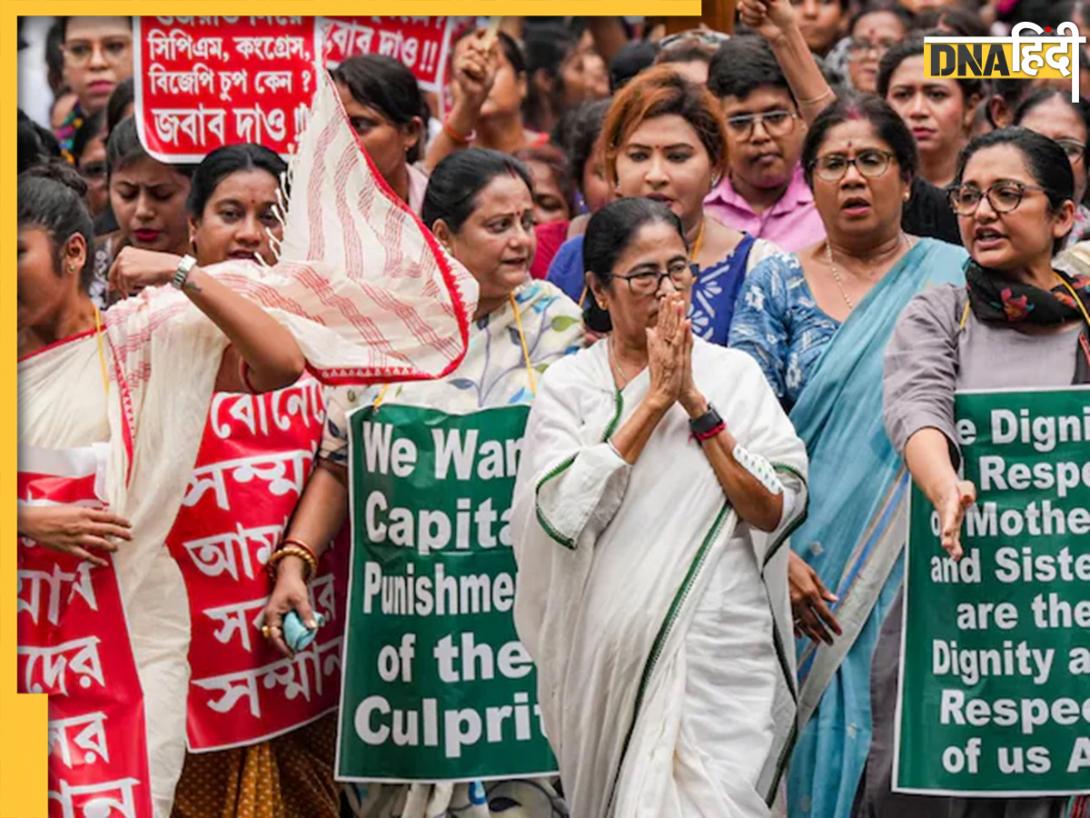
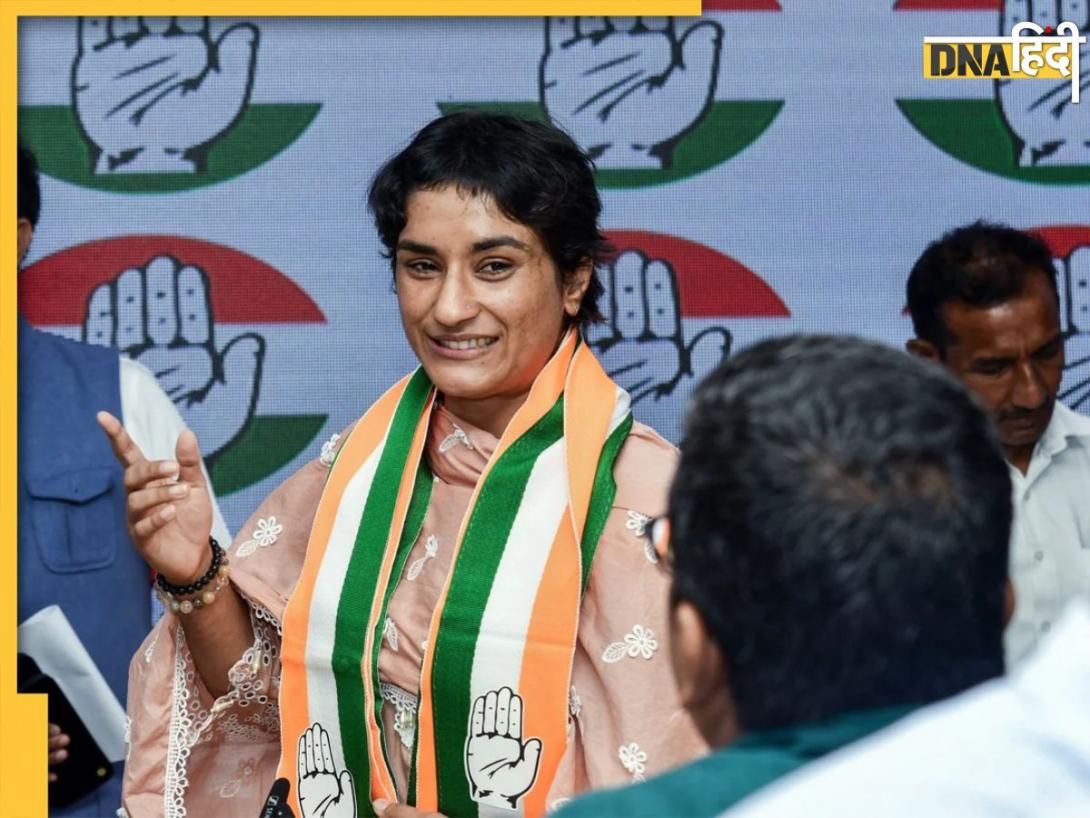
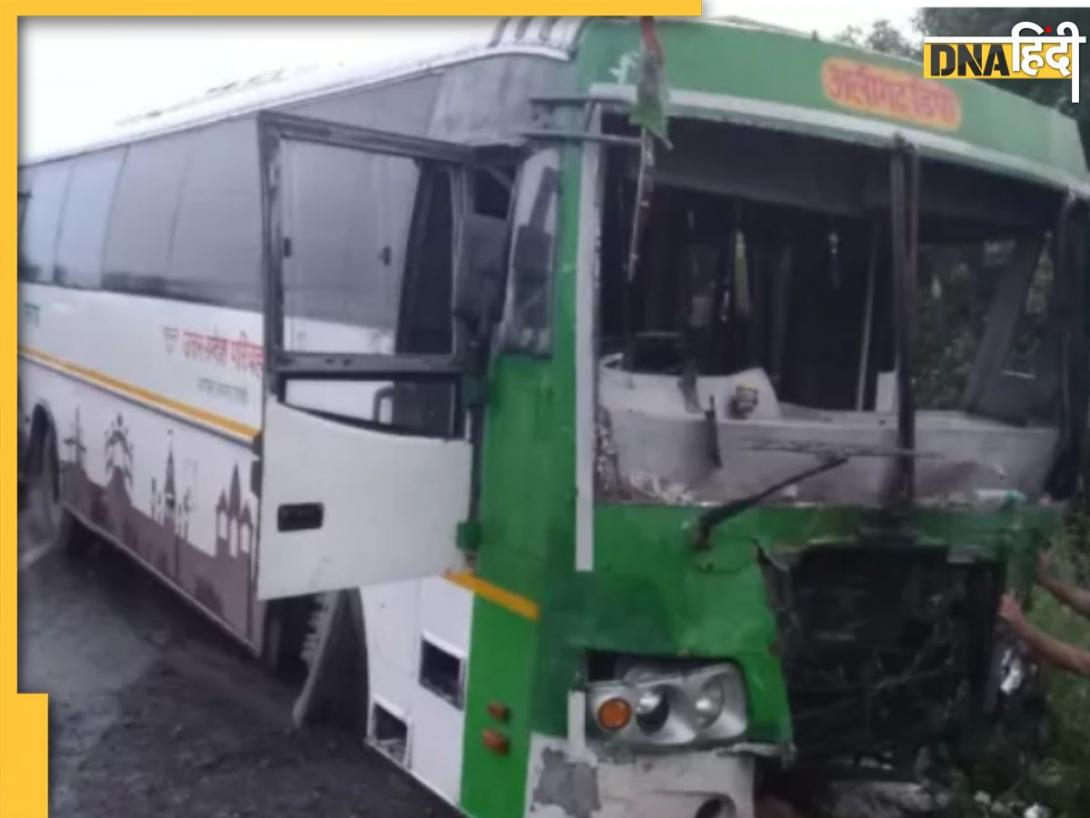

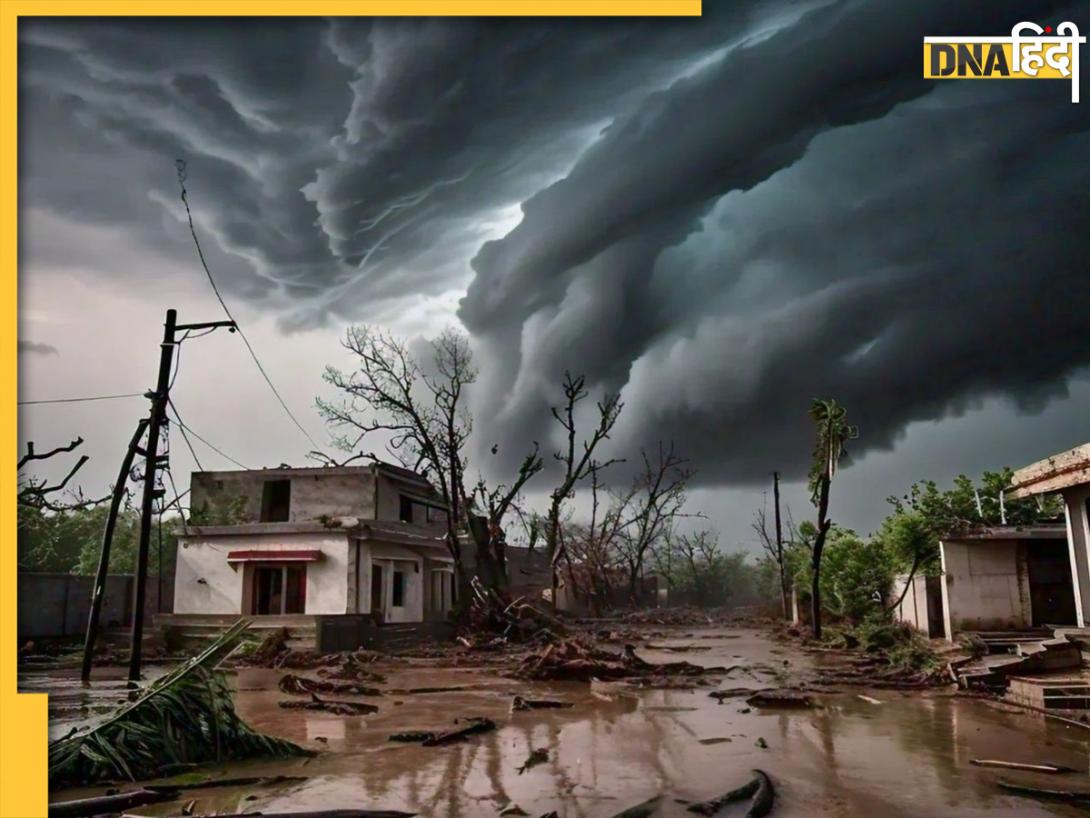





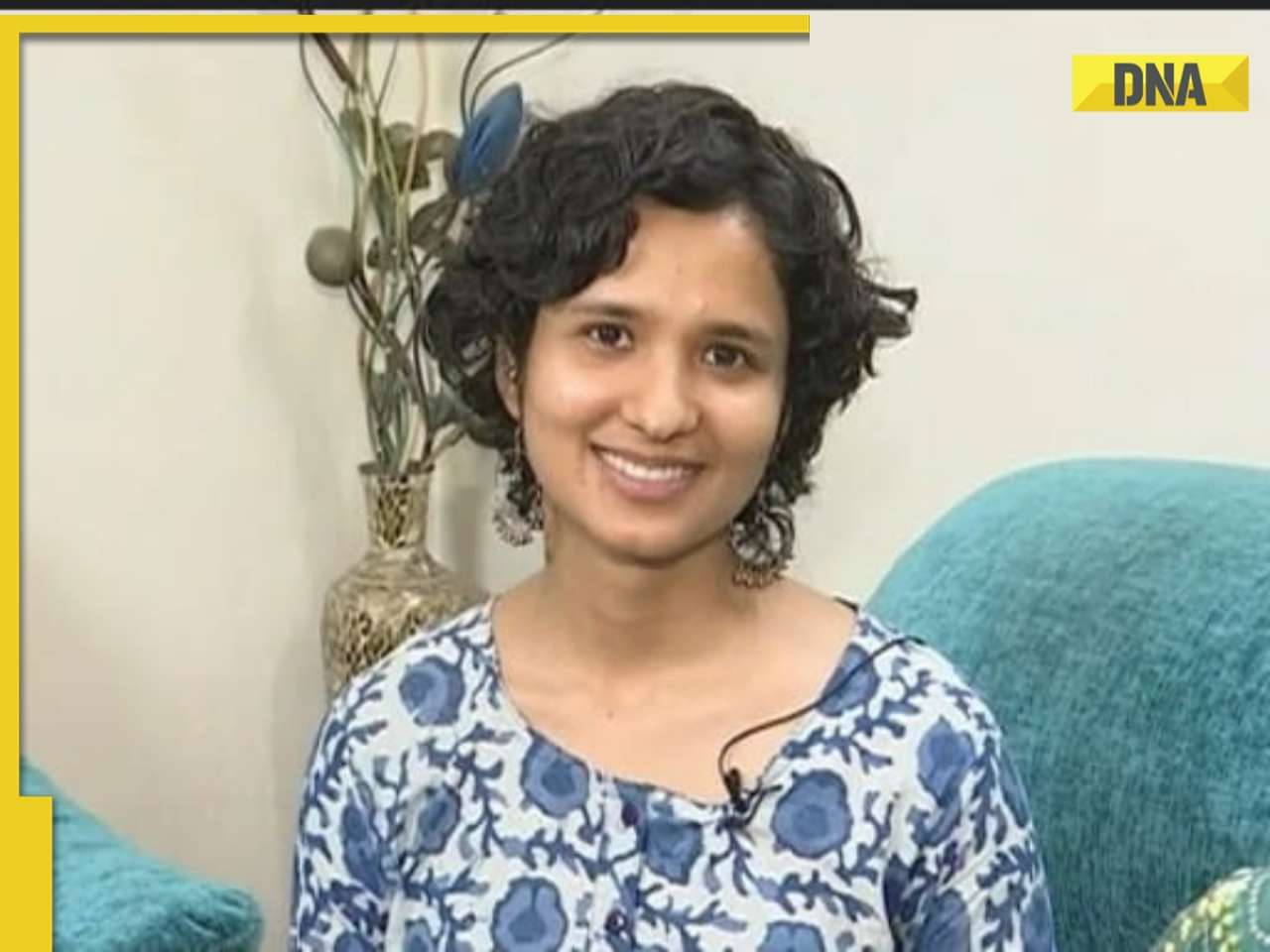

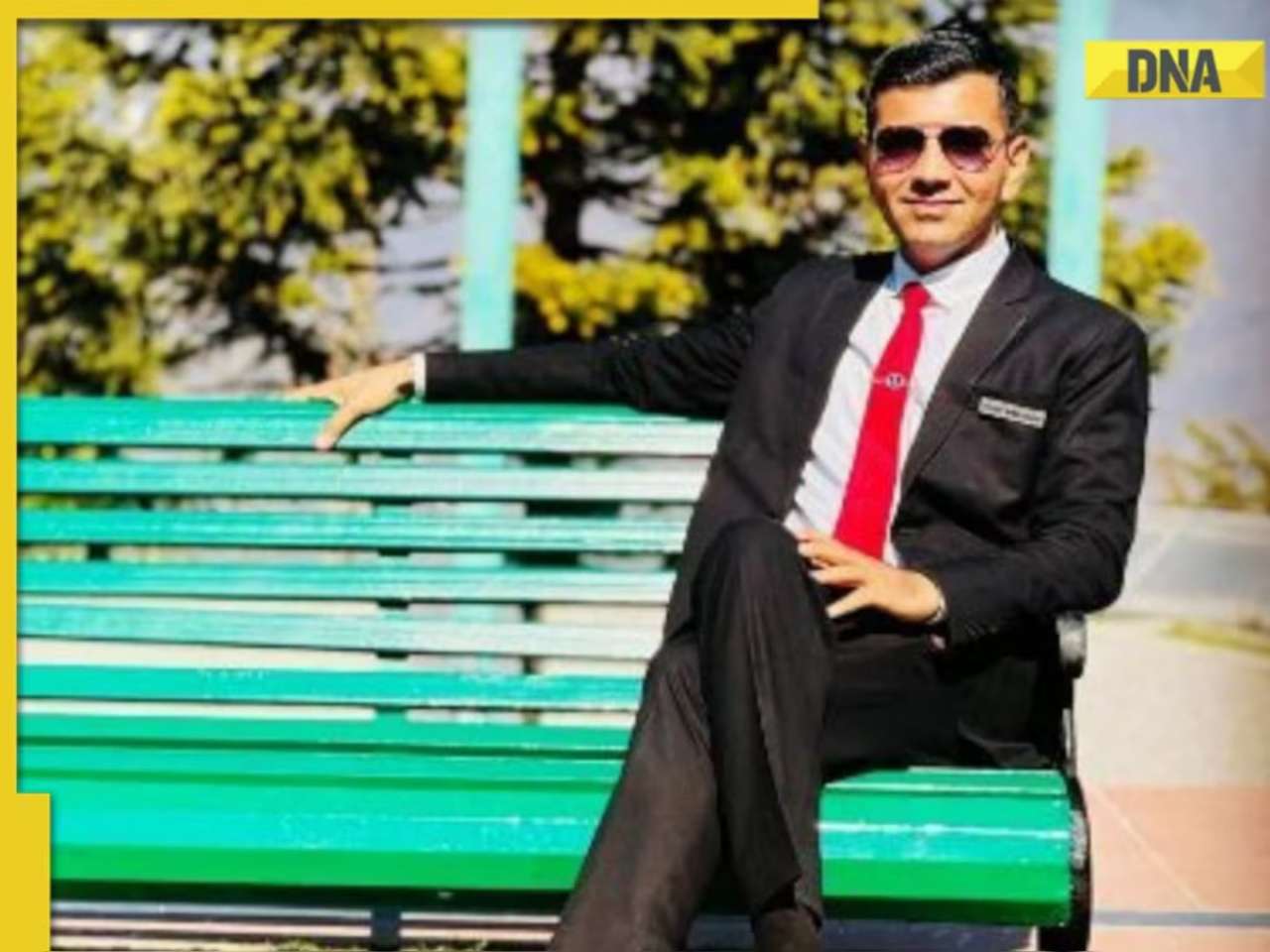



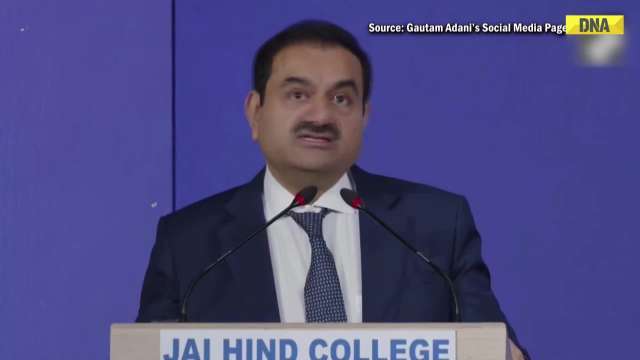

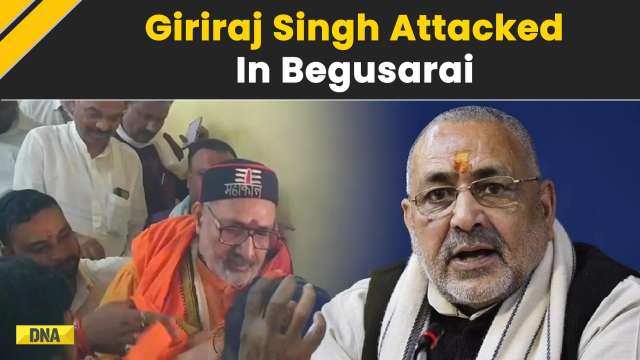
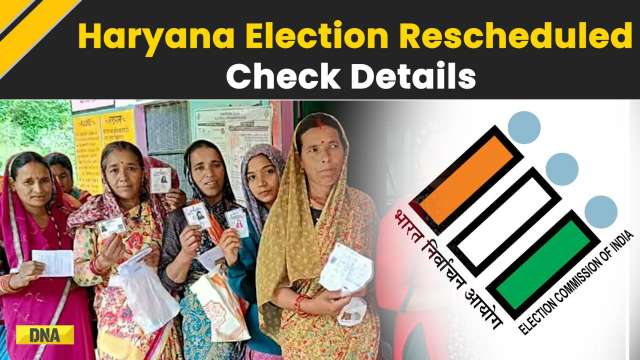


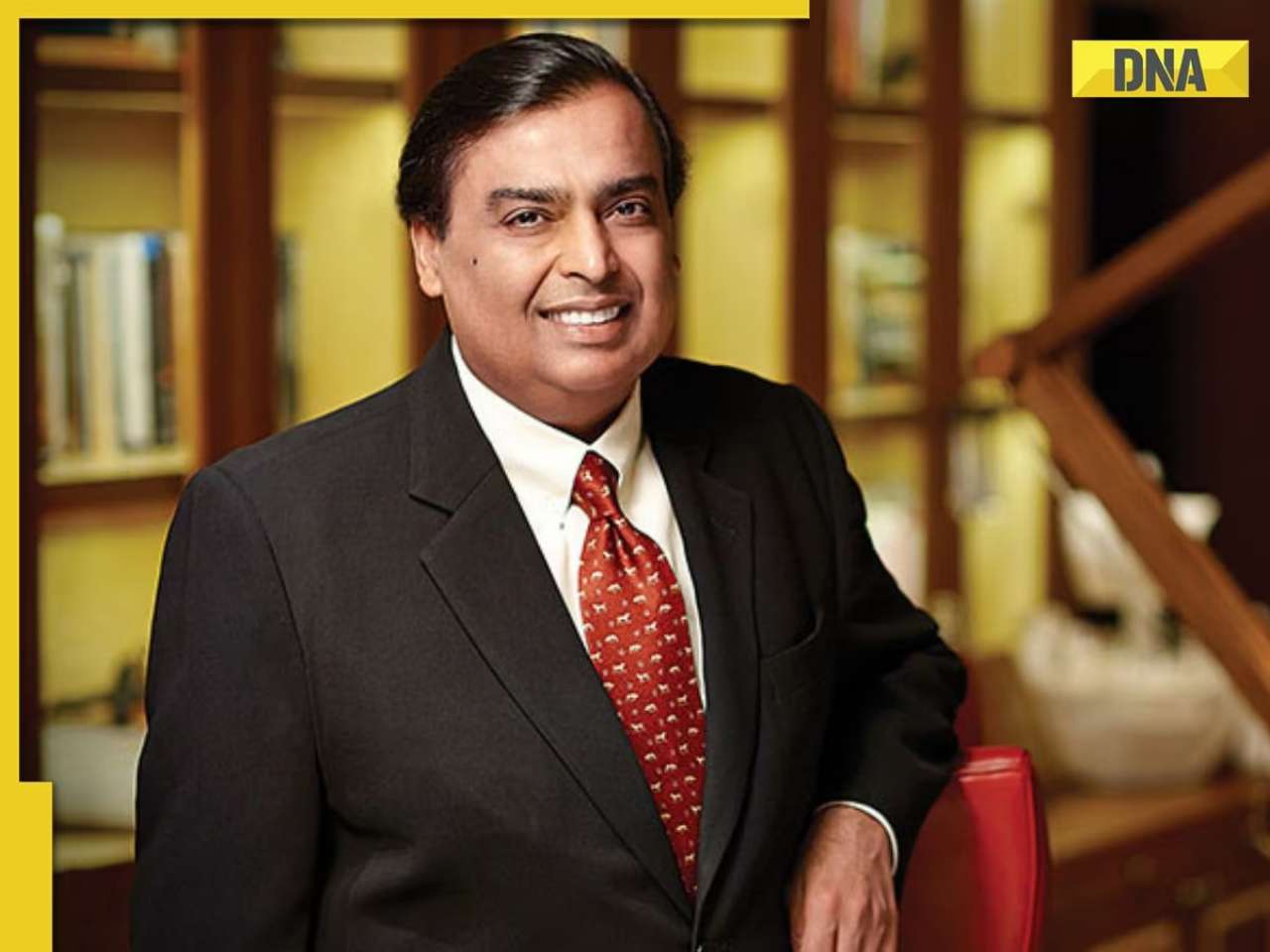

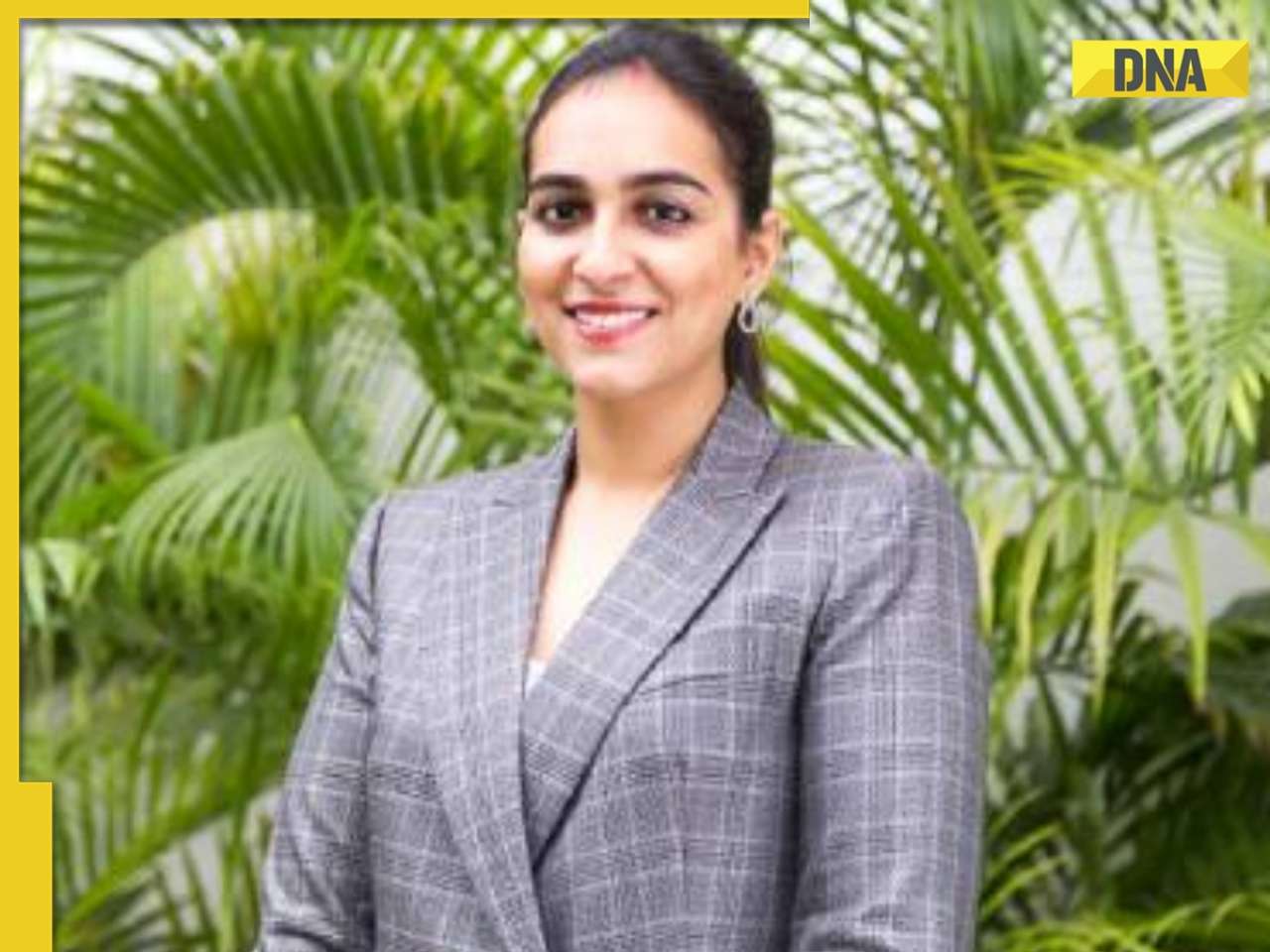

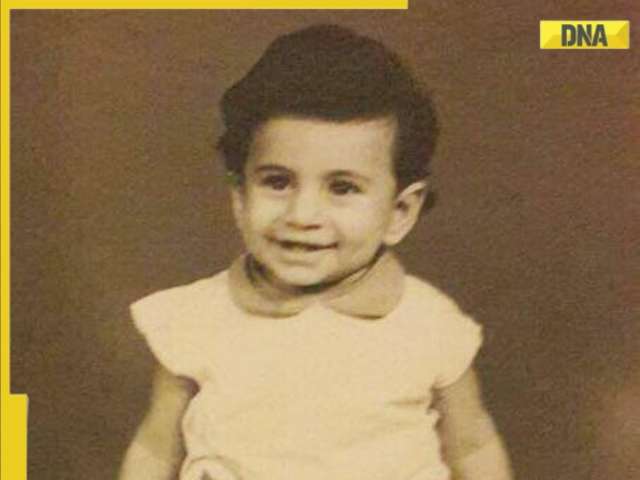





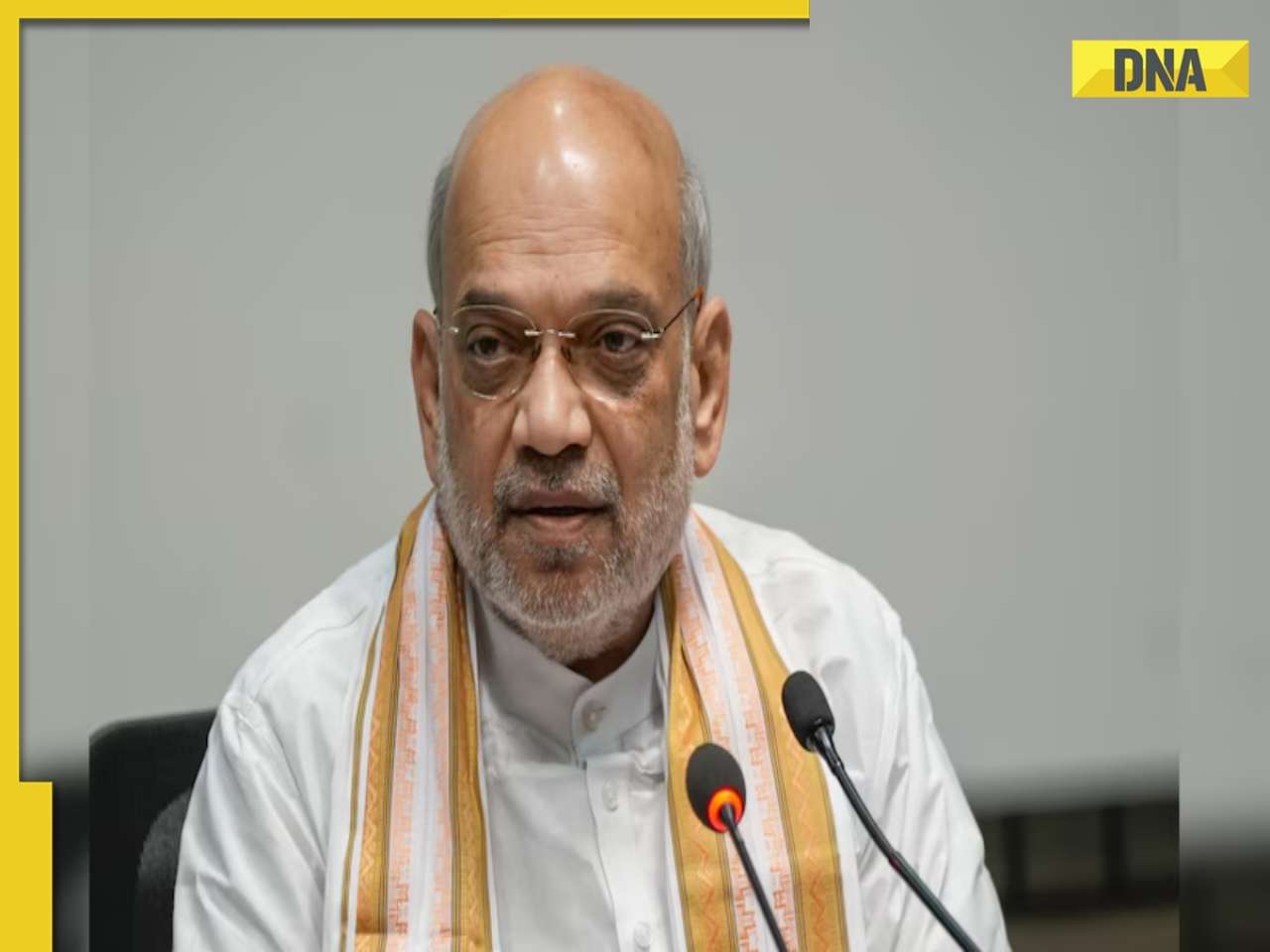

)
)
)
)
)
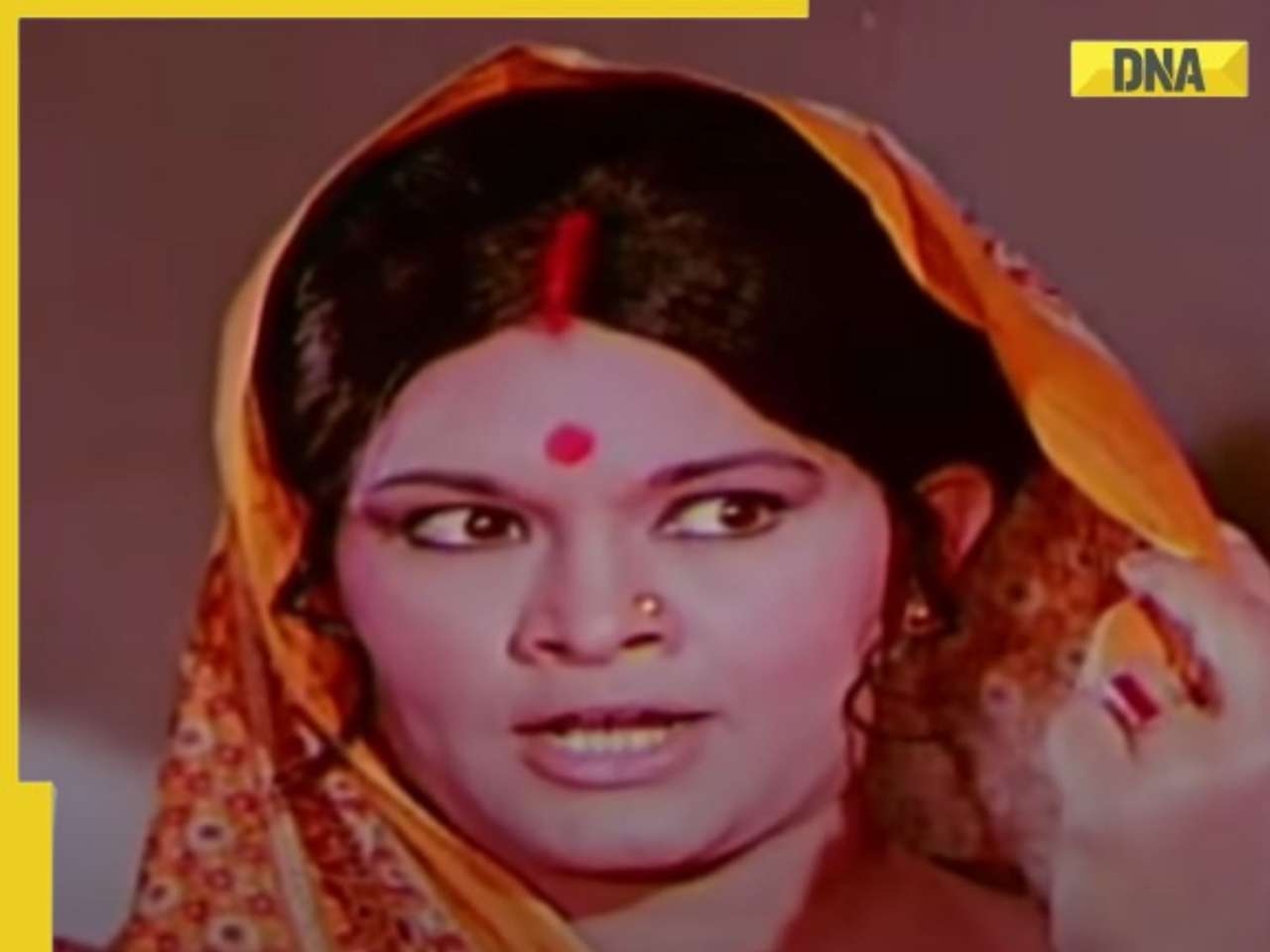)
)
)
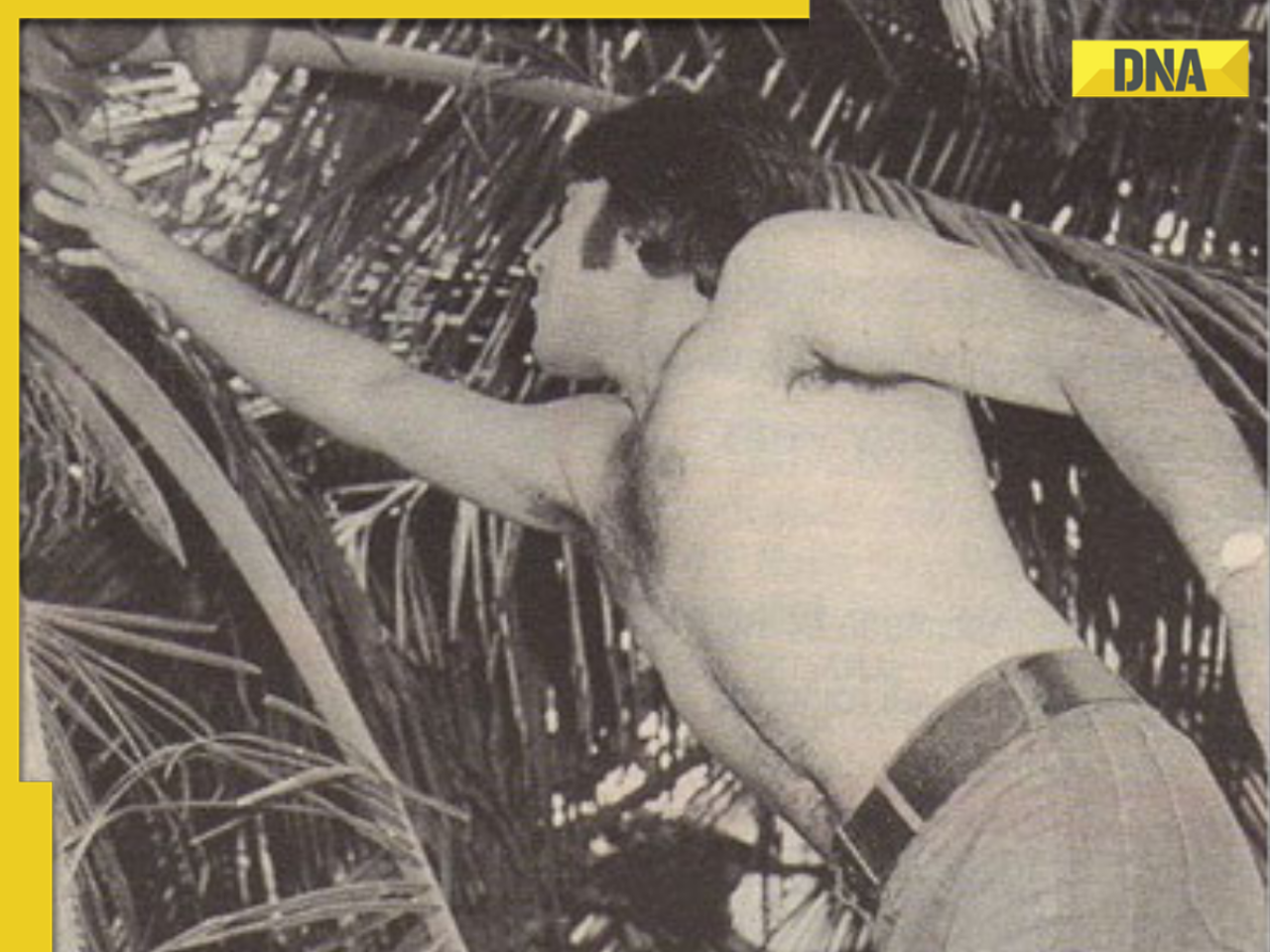)
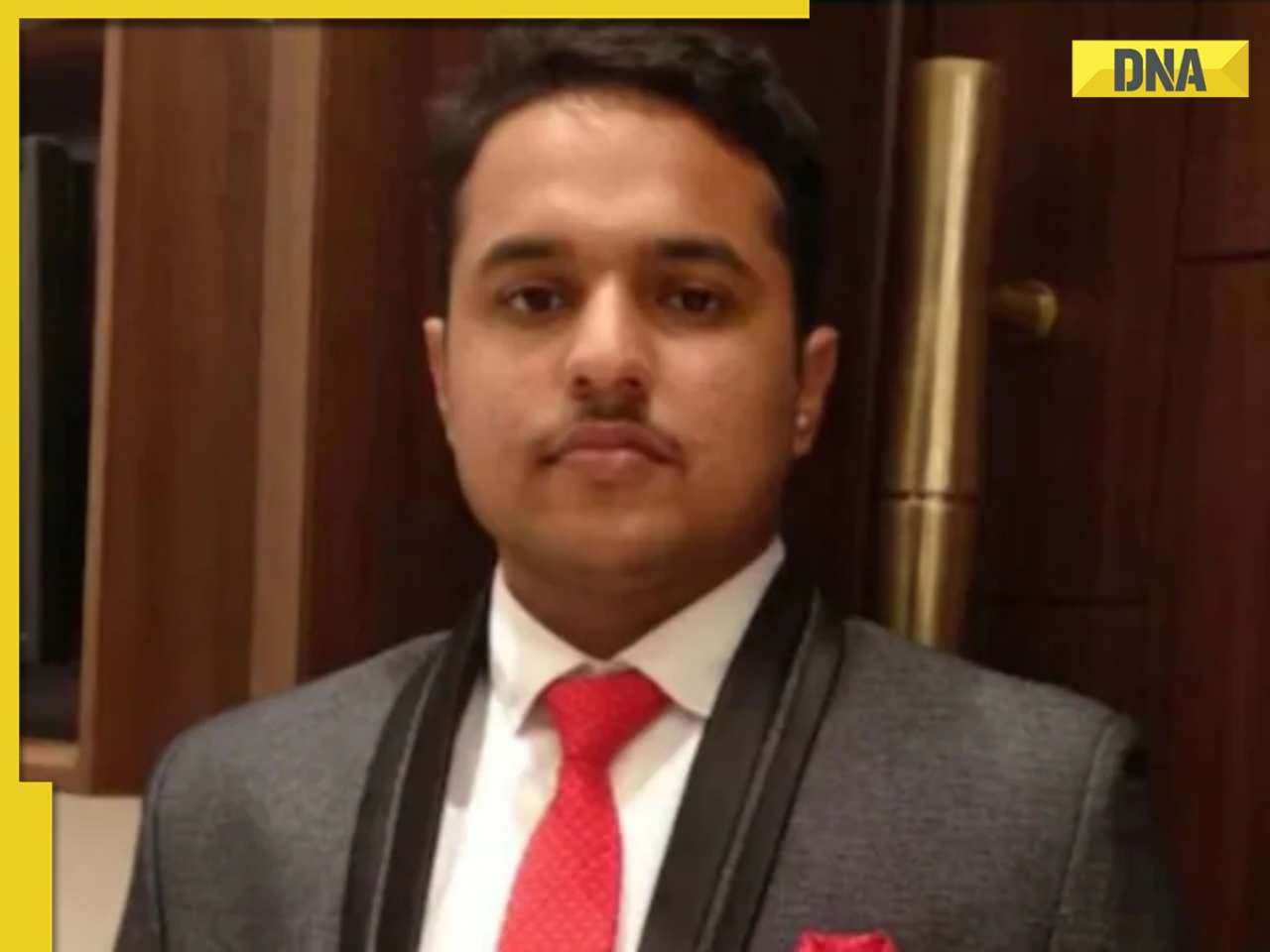)
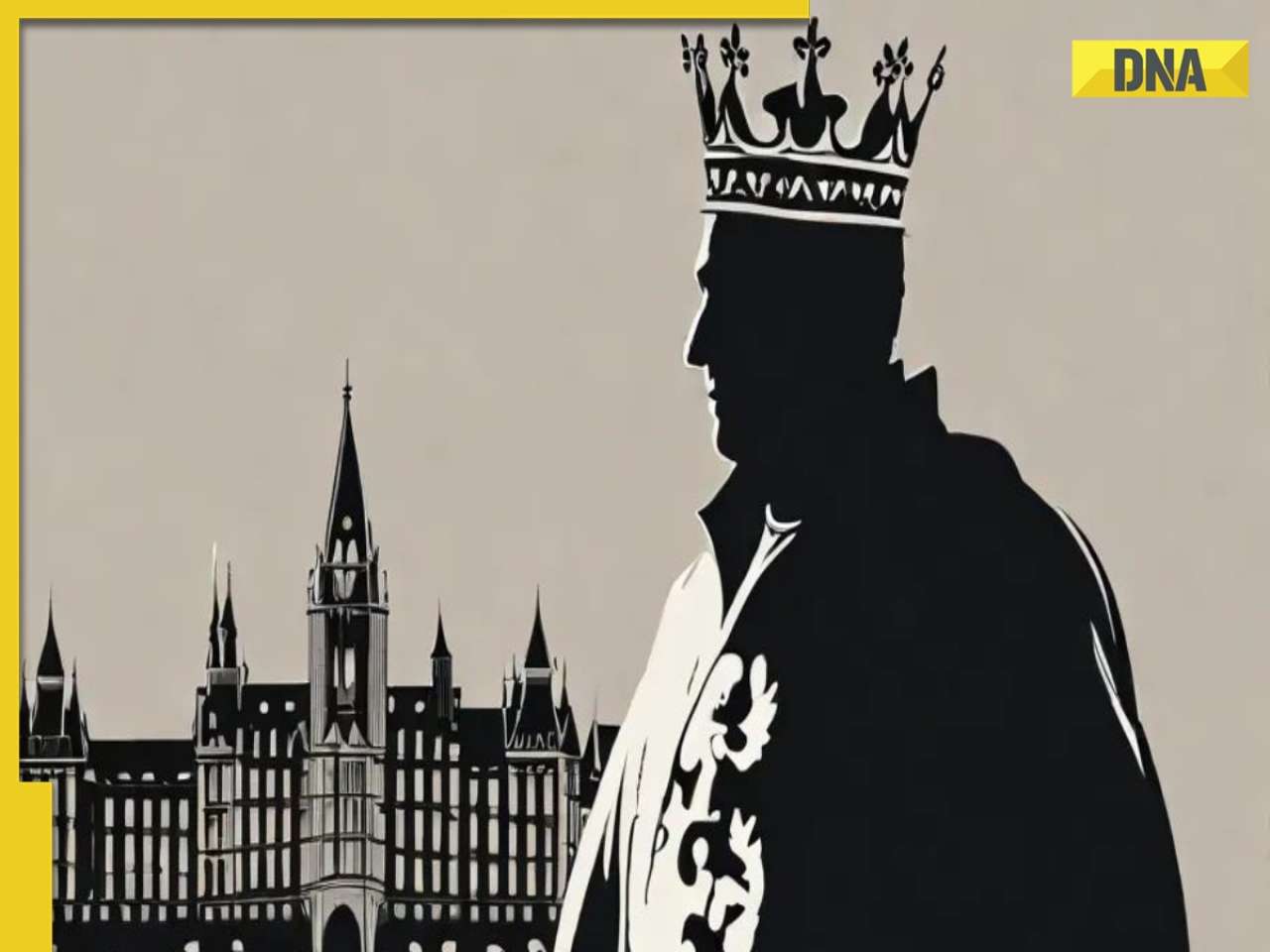)
)
)
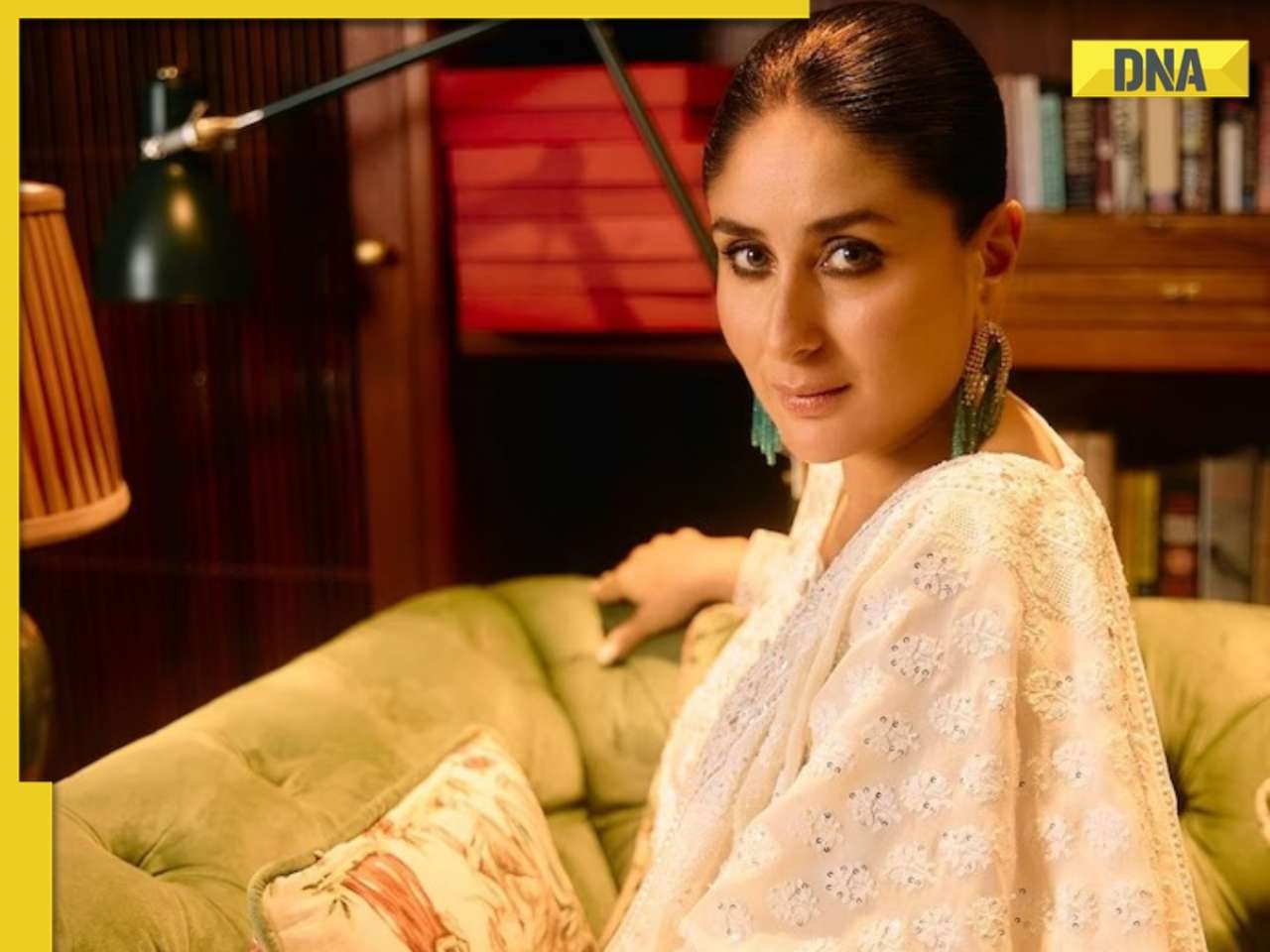)
)





)
)
)
)
)
)